Venice’s Doge’s Palace stands majestically along the Grand Canal, its pink and white facade drawing millions of visitors each year. Yet beneath its opulent chambers and golden ceilings lies a darker chapter of Venetian history—a labyrinth of prison cells that once held the city’s most notorious criminals, political prisoners, and unfortunate souls caught in the web of medieval justice.
The Birth of Venice’s Most Feared Dungeons
From Shadows to Stone: The Early Prison System
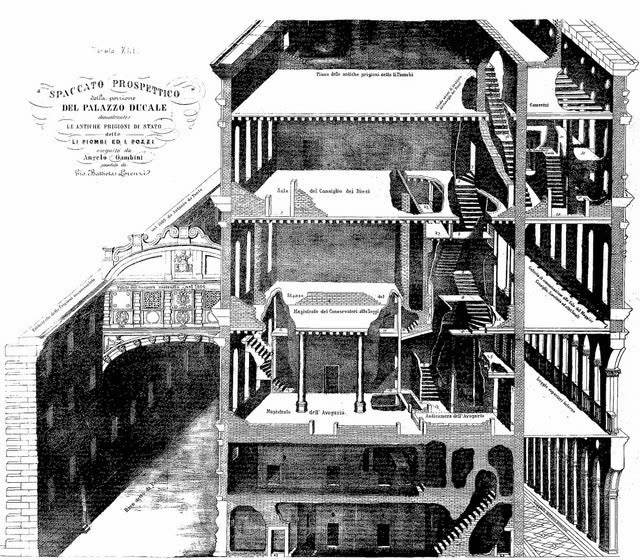
In the dying years of the 13th century, Venice’s rulers established their first prison cells within the palace walls. These chambers bore names that would chill the blood: Schiava (The Slave), Fresca Zoia (Bitter Joy), and Vulcano (The Furnace). Each name told its own story of misery.
The earliest prisoners found themselves trapped in windowless caverns where oil lamps flickered weakly against stone walls, casting dancing shadows that seemed to mock their plight. The air hung thick with the smell of human desperation, and overcrowding turned these spaces into breeding grounds for disease and madness.
The Wells of Despair: The Pozzi
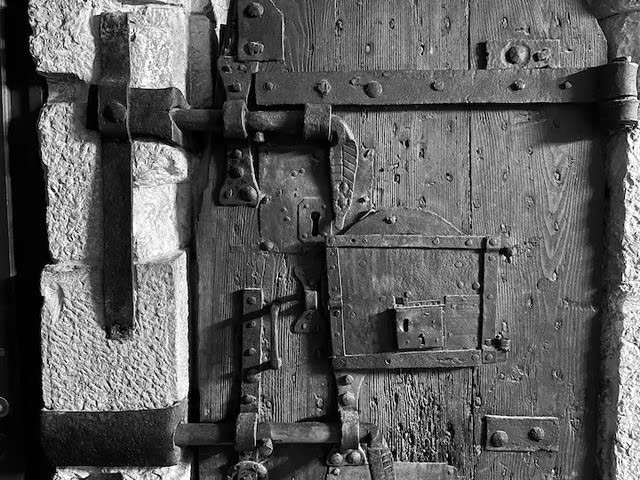
By the 1500s, Venice’s Council of Ten recognized the need for prison reform—not out of mercy, but for efficiency. They constructed the pozzi, literally meaning “wells,” on the palace’s ground floor. These chambers earned the grim nickname “tombs for the living” from those who witnessed their conditions.
Prisoners in the pozzi lived in perpetual darkness, their bodies chained to damp stone walls. The narrow passages between cells allowed guards to patrol silently, their footsteps echoing like death’s approach. Many who entered these depths never emerged to see sunlight again.
The Lead Chambers: A Glimpse of Mercy
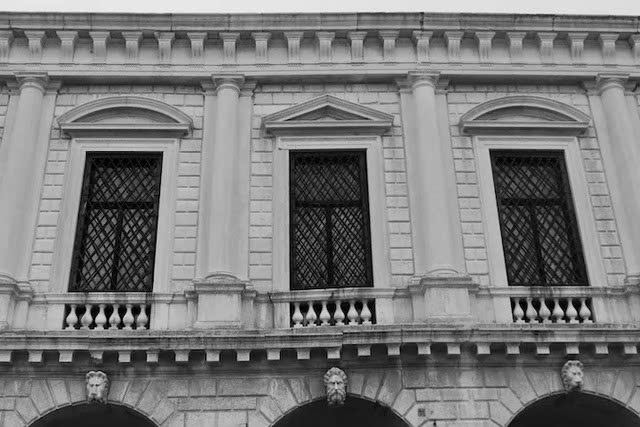
High above the pozzi, tucked beneath the palace’s lead roof, lay the piombi—the Lead Chambers. These cells, while still prisons, offered a stark contrast to the wells below. Natural light filtered through small openings, and prisoners could at least breathe relatively fresh air.
The irony was cruel: in summer, the lead roof turned these chambers into furnaces, while winter transformed them into freezers. Yet for those accused of lesser crimes—political dissidents, minor thieves, or those who had merely offended the wrong noble—the piombi represented salvation compared to the alternative.
Innovation Born from Desperation: The New Prisons
An Unlikely Partnership
The late 16th century brought an extraordinary collaboration that would revolutionize prison design in Venice. Antonio da Ponte, the master architect behind the famous Rialto Bridge, partnered with an unlikely consultant: Zaccaria Briani, a former prisoner who had experienced the horrors firsthand.
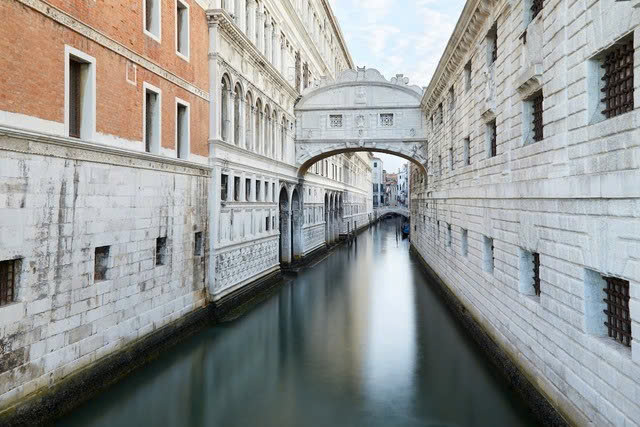
Briani’s unique perspective—having survived years behind bars—brought a humanity to the project that pure architectural genius alone could never achieve. In exchange for his expertise, he received partial freedom and the chance to transform suffering into something more bearable for future inmates.
A Prison Palace Across the Waters
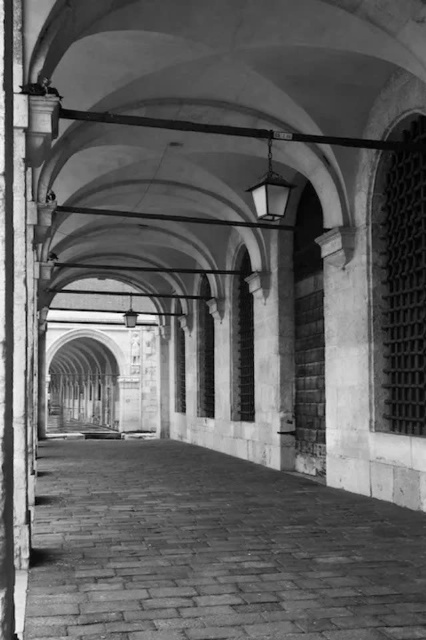
The New Prisons rose across the canal from the main palace, connected by the now-famous Bridge of Sighs. Da Ponte and Briani’s creation emphasized three revolutionary principles: beauty, comfort, and security—concepts almost unheard of in prison design at the time.
The facade, carved from gleaming Istrian limestone, featured intricate lion heads that seemed to watch over both prisoners and passersby. Heavy iron gratings provided security without completely blocking natural light. Inside, spacious cells replaced cramped dungeons, and a central courtyard allowed sunlight to penetrate the building’s heart.
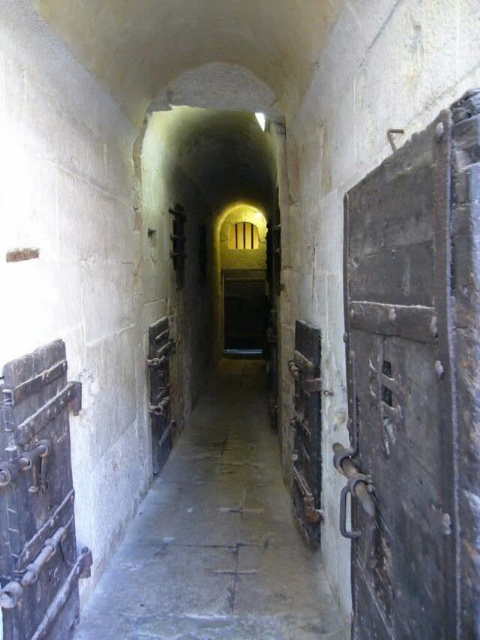
A chapel offered prisoners spiritual comfort, while the building’s isolation on its own small island ensured that security remained paramount. This was more than a prison—it was an architectural statement about Venice’s evolving sense of justice.
Tales of Cunning and Courage: The Great Escapes
Casanova’s Legendary Flight to Freedom
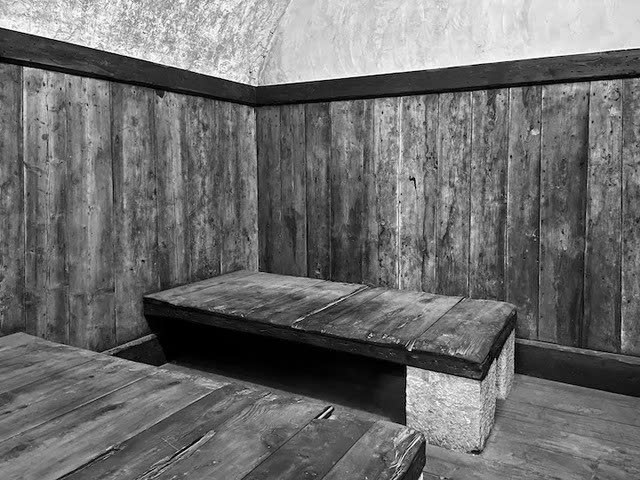
October 31, 1756—a date forever etched in the annals of escape history. Giacomo Casanova, the notorious adventurer and seducer, achieved what many thought impossible: he broke free from the impregnable Lead Chambers.
Casanova’s escape began with smuggled tools, likely provided by sympathetic guards or outside accomplices. Night after night, he chipped away at his cell’s ceiling, creating a hole just large enough for his lean frame. When the moment came, he crawled through the opening onto the palace’s treacherous lead roof.

What followed reads like fiction: Casanova navigating rooftops in the darkness, slipping through palace corridors, and boldly descending the Golden Staircase—the very steps used by Venice’s most distinguished visitors. His memoir of the escape, “The Story of My Flight from the Prisons of the Republic of Venice,” became a bestseller across Europe, though historians debate which details were fact and which were Casanova’s characteristic embellishments.
Other Daring Departures

Casanova’s escape inspired countless others, though few achieved his theatrical success. Prisoners employed every conceivable method: bribing guards with smuggled gold, setting fires as diversions, or even swimming across the frigid canal waters to waiting boats.
Some broke through walls with makeshift tools, while others convinced accomplices to provide boats at predetermined locations. These escape attempts, successful or not, demonstrated the indomitable human spirit’s refusal to accept defeat, even in the face of seemingly impossible odds.
Voices from the Stones: Prison Graffiti
Messages Carved in Desperation
Walking through the New Prisons today, visitors can still see the graffiti carved by desperate hands centuries ago. Names, dates, symbols, and messages cover the cell walls—a haunting gallery of human endurance.

These inscriptions serve as direct communication from the past, offering glimpses into the minds of those who faced uncertain fates. Some carved religious symbols seeking divine intervention, others etched names of loved ones they might never see again, and a few left defiant messages challenging their captors.
Each mark represents a moment when a prisoner refused to be forgotten, using whatever tools they could find to leave proof of their existence.
The Architects’ Revolutionary Vision
Transforming Punishment into Progress
The collaboration between da Ponte and Briani created more than just a building—it established a new philosophy of incarceration. Their design acknowledged that even prisoners retained some measure of human dignity, a radical concept in an era when punishment meant maximum suffering.
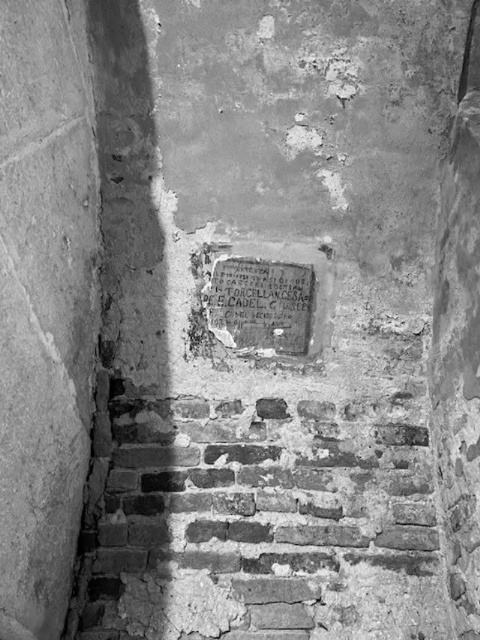
Briani’s contributions were particularly significant because they came from lived experience. He understood the psychological impact of darkness, the importance of fresh air, and the value of human contact. His insights transformed what could have been another monument to cruelty into a structure that balanced justice with mercy.
Video
A Legacy That Endures
The New Prisons influenced prison design throughout Europe, proving that security and humanity weren’t mutually exclusive. Venice’s approach became a model for progressive incarceration, showing that effective punishment didn’t require barbaric conditions.
The Bridge of Sighs: Symbol of Sorrow and Hope

Connecting the interrogation rooms in the palace to the New Prisons, the Bridge of Sighs earned its romantic name from 19th-century poets who imagined prisoners sighing at their final view of beautiful Venice. In reality, the covered bridge served a practical purpose: transporting prisoners safely while preventing escape attempts.
Yet the bridge also represented something more profound—the transition from the old system of cruel punishment to a more enlightened approach to justice.
Conclusion: Lessons from the Stones
Today, the Doge’s Palace prisons stand as more than historical curiosities. They represent humanity’s ongoing struggle to balance justice with mercy, security with dignity, and punishment with hope for redemption.

The stories carved into these ancient stones remind us that behind every prisoner was a human being with dreams, fears, and the unquenchable desire for freedom. From the darkest pozzi to the innovative New Prisons, from Casanova’s daring escape to the anonymous graffiti of forgotten inmates, these tales continue to captivate us because they speak to universal human experiences: the desire for liberty, the power of ingenuity, and the resilience of the human spirit.
Venice’s prison heritage teaches us that progress often comes from unexpected places—sometimes even from the insights of those society has cast aside. In the marriage of Antonio da Ponte’s architectural genius with Zaccaria Briani’s hard-won wisdom, we see how innovation can spring from the darkest circumstances, creating something beautiful and humane from the raw materials of human suffering.

